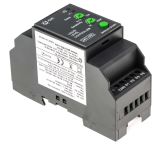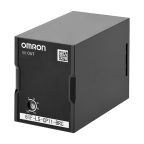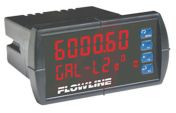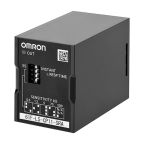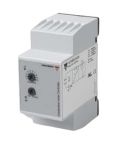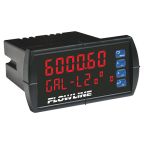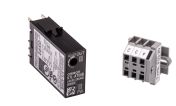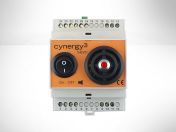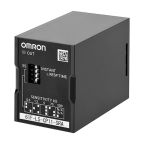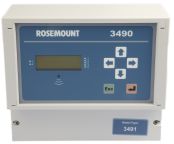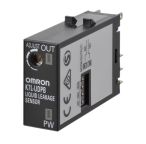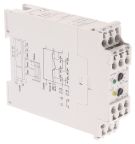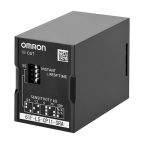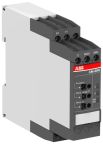Level Controllers
What are Level Controllers?
Level controllers are automated units for measuring the level of fluid in a contained area. They're used in systems that require monitoring, regulating, and controlling liquid levels and preventing them from becoming excessively high or low.
How do level controllers work?
A sensor detects a liquid or solid level by providing low voltage electrical current to level electrodes. When the liquid rises or falls, it breaks contact with the electrodes which sends a signal to a control valve,solenoid, or other external control device. If the fluid level needs to be adjusted, the control valve will open or close according to the information it has received.
Types of level controllers
The two main types of level controllers are pneumatic and electric. Your choice of controller will depend on factors such as the type and density of fluid being measured, as well as the pressure of the container.
- Pneumatic level controllers are preferred when the material is hazardous, or electricity is unavailable.
- Electric level controllers are useful in pressurised tanks and are generally very accurate and reliable.
Level controllers measure either exact volumes or when fluid drops above or below a fixed point.
Applications of Level Controllers
Level Controllers can be used in a variety of settings, some of which include:
- Tank or Vessel Level Control
- Reboilers
- Heater Treaters
- Contact Towers
- Well Test Systems
Browse the broad range of Level Controllers RS Components have to offer and order today for next day delivery.
